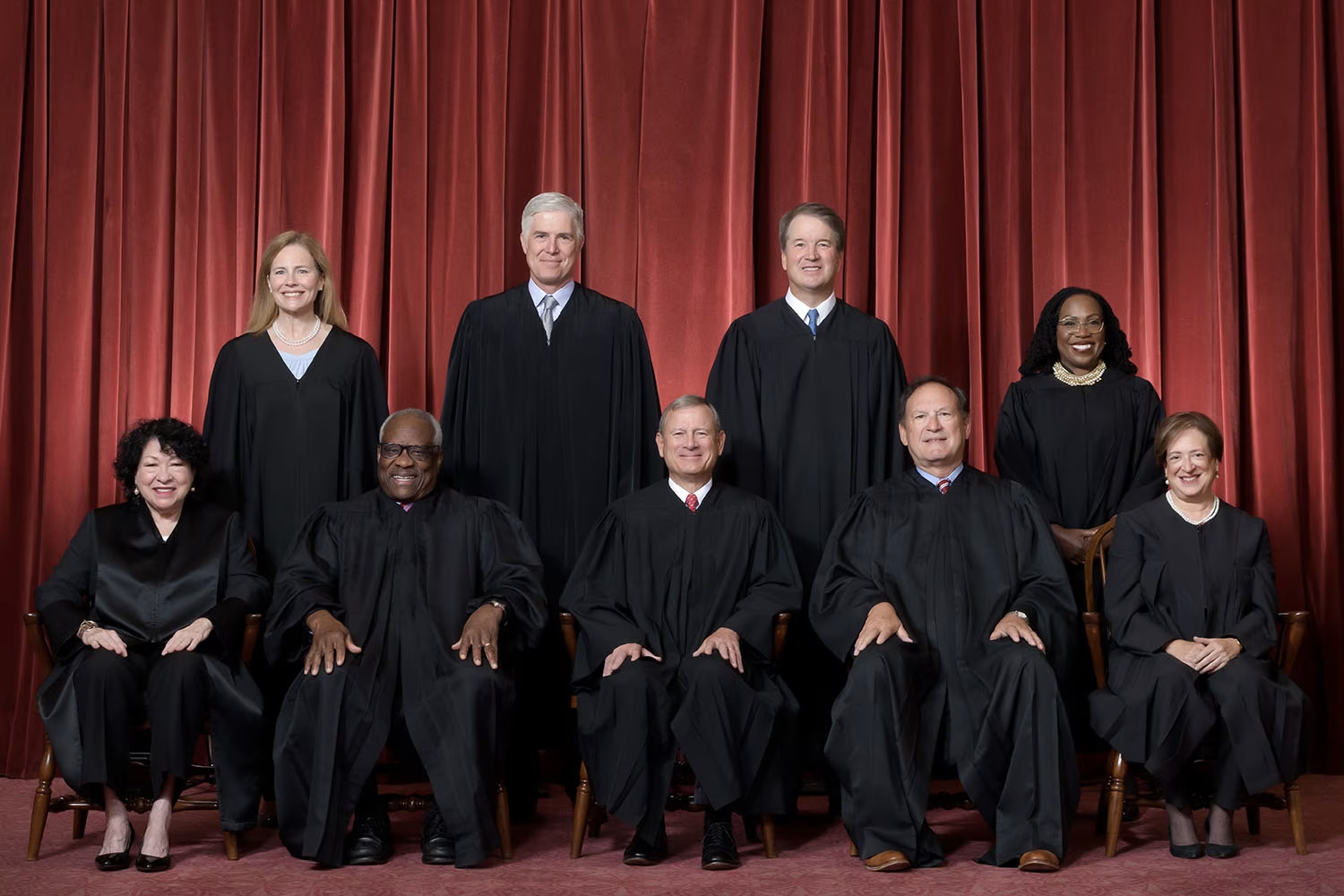Are your employees who make over $200,000 a year eligible for overtime pay? Strange as it may seem, it’s possible, depending on the workers’ designation under federal law.
Consider Michael Hewitt, who served as a tool pusher for Houston-based Helix Energy Solutions on an offshore oil rig from 2014 to 2017. In this position, he was responsible for all drilling and well intervention activities, as well as supervising 12-14 workers. Hewitt typically worked 12-hour days, seven days a week during 28-day hitches. For this, Helix Energy paid him a daily rate that ranged from $963 to $1,341.
As far as Helix was concerned, Hewitt was a “bona fide executive,” as defined by the Fair Labor Standards Act (FLSA), and the company didn’t owe him overtime wages. Under the “highly compensated employees” rule, Hewitt’s pay of more than $200,000 a year easily exceeded the $100,000 (now $107,432) level that designated him as exempt.
But Hewitt sued, claiming he was owed overtime for 44 of those 84 hours a week because he was paid on a daily rate, not on a salary basis. As a result, he argued, he was not a “bona fide executive” as defined by the law, and the overtime exemption did not apply.
In 2018, a federal judge dismissed his claims, finding that the daily rate Helix paid him met the definition of salary under FLSA. The Fifth Circuit Court of Appeals reversed that ruling in 2021. The case came before the Supreme Court in 2022.

The salary guarantee
If you don’t normally think of someone making $200,000 a year as a day laborer, well, neither did Justice Clarence Thomas during oral arguments in October.

“Thomas, who was famous for his silence, actually asked questions during oral argument, and those questions seemed to indicate that he was going to rule in favor of the company,” Scott Fiddler, partner in the Jackson Walker law firm, told me. “Then he went the other way.”
The 6-3 majority opinion, authored by Justice Elena Kagan, found that Hewitt was entitled to overtime pay. It rejected the contention that a day rate constituted a salary, no matter how high that rate might be. Kagan was joined by Chief Justice John Roberts and Justices Sonia Sotomayor, Amy Coney Barrett, Ketanji Brown Jackson and Thomas. Justices Samuel Alito, Neil Gorsuch and Brett Kavanaugh dissented.
“Justice Kagan’s opinion really did answer that … it wasn’t done correctly in this case, but you could pay a salary if you guaranteed an employee a certain number of days per week,” Jackie Staple, also a partner with Jackson Walker, told me. “So, your salary guarantees, say, four or five days a week. And if you wanted to pay them for an extra day or two days at the daily rate, you could do that as long as there was a reasonable relationship between the overall compensation and the guarantee.”
What can a company do?
The FLSA generates the most complaints from clients, Fiddler said, because it is nowhere near intuitive. Helix had no intention to cheat its employee, but its pay structure still landed it in trouble.
“Sometimes even general counsels would call and say, ‘this can’t be what the law is,’ and we have to tell them, ‘no, I understand you’re trying to pay your employees competitively, but the way you’re doing it is not in compliance with the law,” he said.
“It’s a real paradigm shift.”
So, what can a company do? Fiddler listed three options:
- Convert compensation from daily rate to a flat salary. The company could, for example, guarantee a salary for five days of work, then pay a daily rate for extra days.
- Convert the daily rate to an hourly rate. “In both these first two situations, they’ll just reverse engineer whatever was being paid before to make sure that the company is not paying any more than what they were before,” he said.
- Utilize service and staffing firms to provide workers, a trend that’s picking up in the industry, and leave pay decisions to them. That can be a risky option, he said, because the oil and gas company can be found to be a co-employer with the staffing firm if the company exerts too much control over the worker.

Of course, these are workarounds. A long-term solution would entail an overhaul of the FLSA, or at least amendments or revisions to the law, Staple said.
“[FSLA] was made in a time where the workforce was different, technology was different,” she said. “There weren’t as many available pay structures.”
President Franklin Roosevelt signed the FSLA into law in 1938. The new legislation banned child labor, mandated safer work environments and introduced a federal minimum wage. That was also the year in which the first offshore oil rig was built in the Gulf of Mexico. The Creole platform was a mile from Creole, La., at a water depth of 14 ft.
The world has changed a lot since then. Maybe it’s time for the venerable labor law to change, too.
Recommended Reading
EQT Declares Quarterly Dividend
2024-04-18 - EQT Corp.’s dividend is payable June 1 to shareholders of record by May 8.
Magnolia Appoints David Khani to Board
2024-02-08 - David Khani’s appointment to Magnolia Oil & Gas’ board as an independent director brings the board’s size to eight members.
Sunoco’s $7B Acquisition of NuStar Evades Further FTC Scrutiny
2024-04-09 - The waiting period under the Hart-Scott-Rodino Antitrust Improvements Act for Sunoco’s pending acquisition of NuStar Energy has expired, bringing the deal one step closer to completion.
E&P Earnings Season Proves Up Stronger Efficiencies, Profits
2024-04-04 - The 2024 outlook for E&Ps largely surprises to the upside with conservative budgets and steady volumes.
Kimmeridge Fast Forwards on SilverBow with Takeover Bid
2024-03-13 - Investment firm Kimmeridge Energy Management, which first asked for additional SilverBow Resources board seats, has followed up with a buyout offer. A deal would make a nearly 1 Bcfe/d Eagle Ford pureplay.






